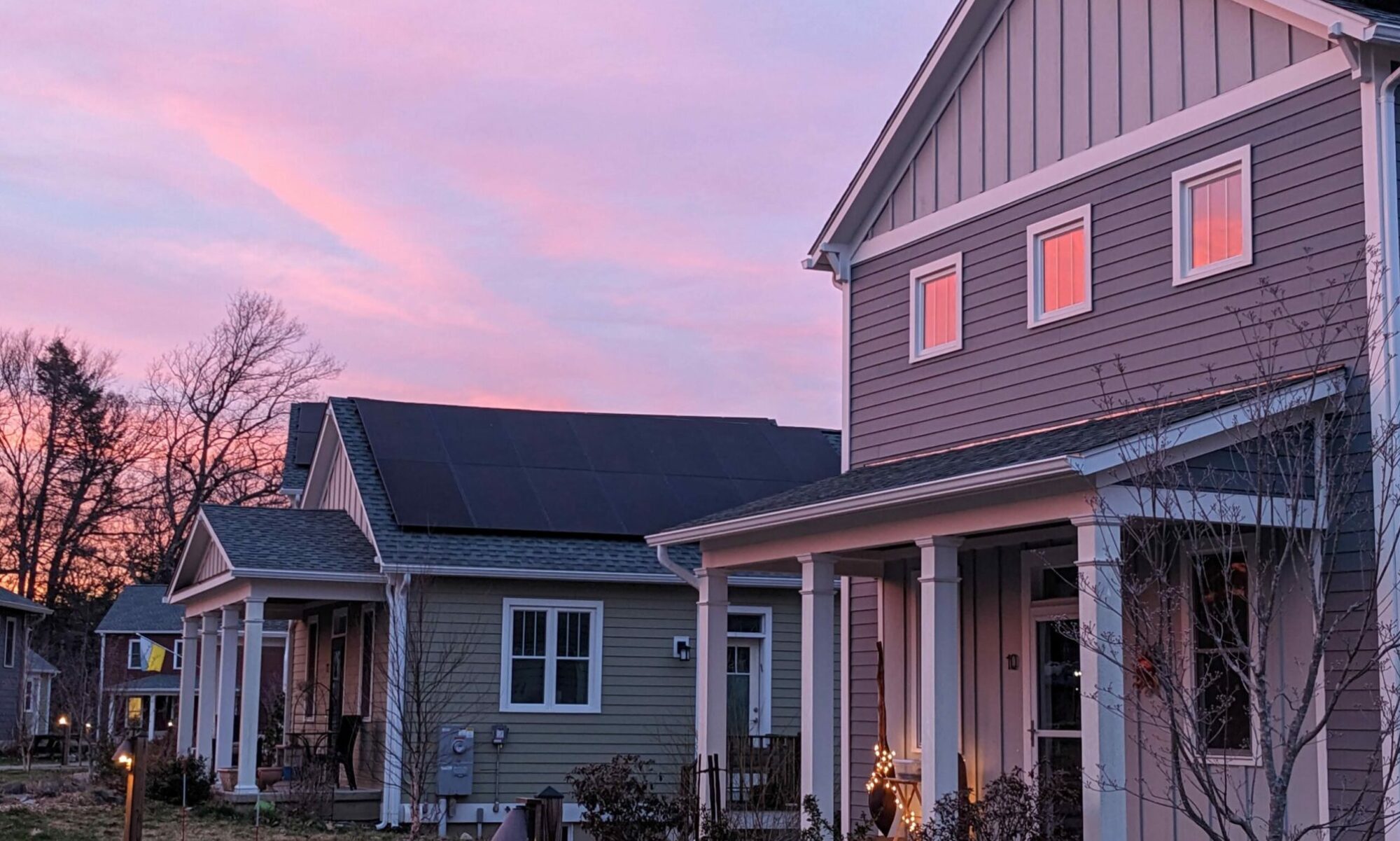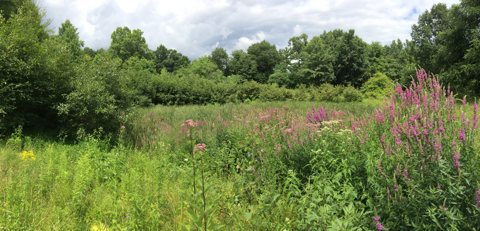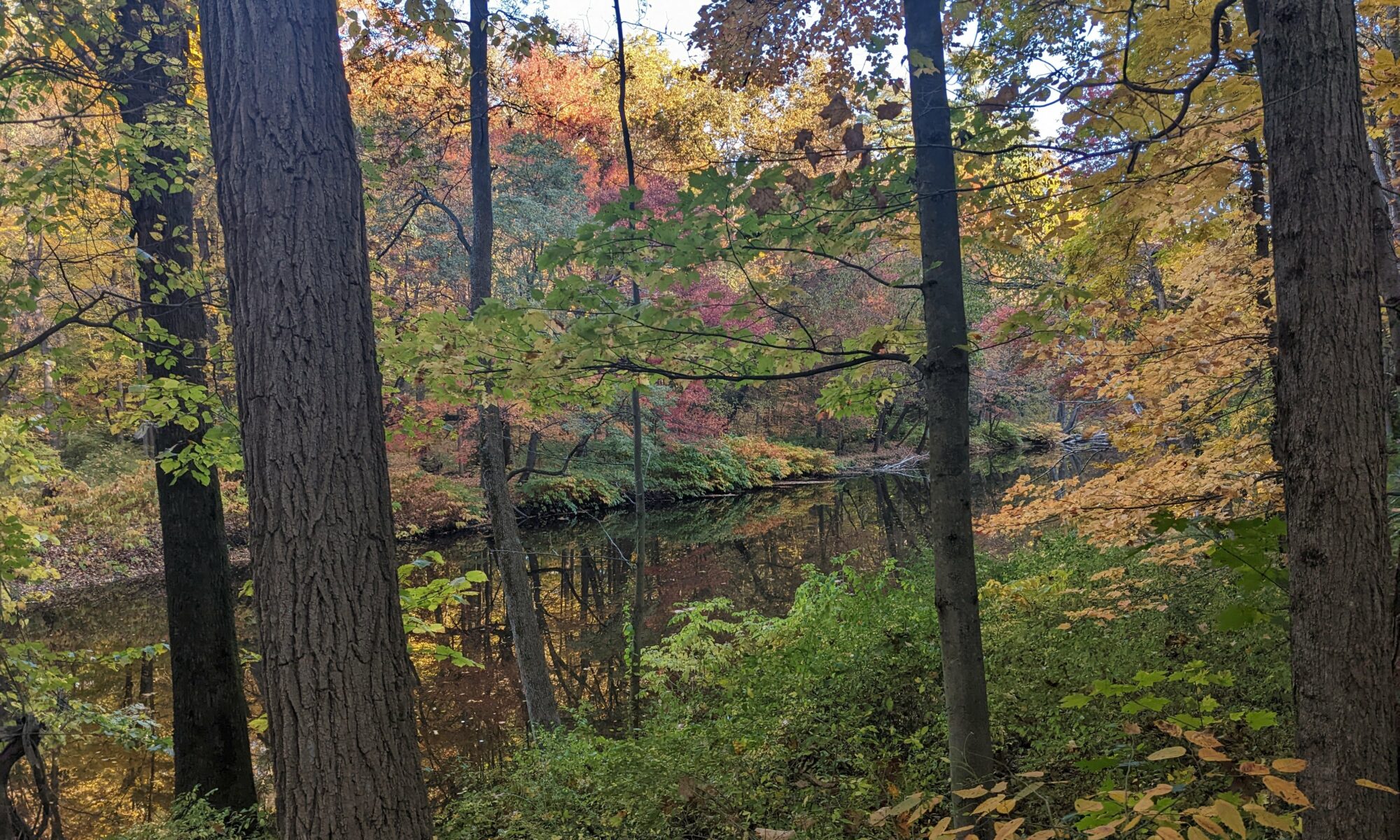As you work on your gardens this summer and fall, planting native plants in our suburban/rural gardens can help sustain the biodiversity of our ecosystem. Native birds, bees, and insects are very choosy about their food source. If it is not available, the wildlife population diminishes.
For example, due to loss of habitat, there has been a 50% reduction in population for many of our bird species in the space of 50 years (Tallamy, Bringing Nature Home). But there is something we can do.
For example, penstemon flowers (native) can feed three species of bumble bees, five species of moths, and one hummingbird species. Talk about a workhorse! The popular butterfly bush? Butterfly bushes benefit pollinators but only at one stage of their life cycle. The bush attracts butterflies because it provides copious nectar. However, butterflies need host plants on which to lay eggs and on which their caterpillars feed. Not a single native caterpillar eats Butterfly bush leaves. Butterfly bushes (not native) originate in China. (Spotlight Truth about butterfly bush). What we plant in our gardens makes a difference for bees, birds, butterflies, and beneficial insects in our neighborhood. What’s not to like?
To learn more:
Mass Pollinator Network, https://masspollinatornetwork.dreamhosters.com;
Western MA Master Gardeners, https://www.wmmga.org


